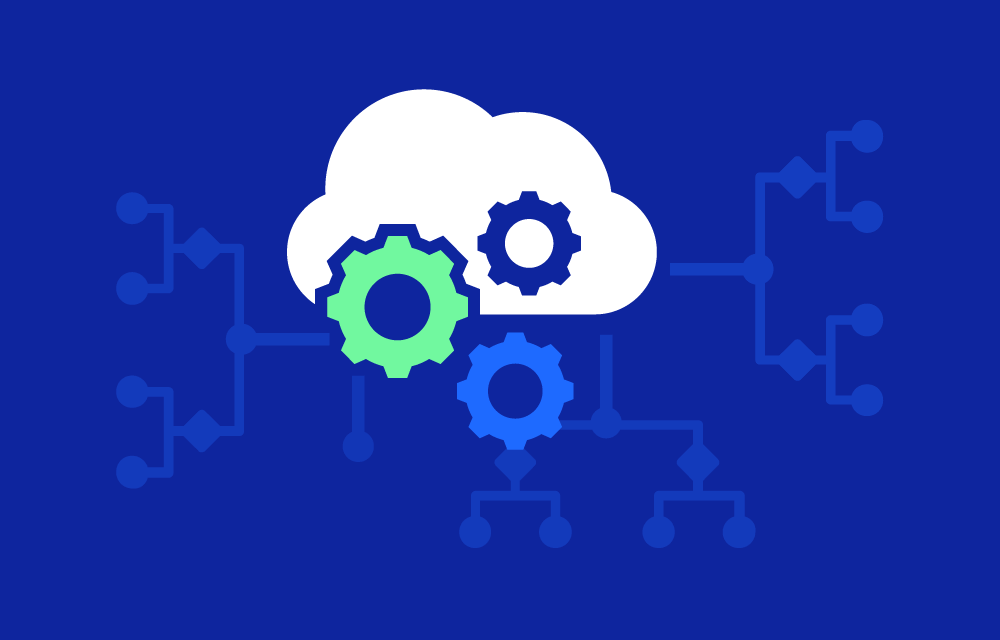History
The concept of cloud orchestration emerged with the evolution of cloud computing in the late 2000s. As organizations began adopting cloud services, the need for efficient management and automation of these services became apparent. Early tools focused on basic automation tasks, but over time, they evolved to offer comprehensive solutions for managing complex, multi-cloud environments.
Value proposition
It enables streamlining and automating of optimization processes. It reduces the need for manual intervention, minimizes errors, and accelerates deployment times. By orchestrating cloud resources effectively, organizations can optimize their cloud spend, improve resource utilization, and enhance overall operational efficiency.
Challenges
- Complexity: Managing and integrating multiple cloud services can be complex and requires a deep understanding of various cloud platforms.
- Security: Ensuring consistent security policies across different cloud environments can be challenging.
- Interoperability: Achieving seamless integration between different cloud services and platforms can be difficult.
- Cost management: Without proper management, cloud costs can spiral out of control, leading to wasted resources and budget overruns.
Key features
- Automated provisioning: Automatically deploy and configure cloud resources based on predefined policies.
- Workflow management: Design and manage complex workflows involving multiple cloud services.
- Monitoring and reporting: Track and report on the performance and usage of cloud resources.
- Policy enforcement: Ensure compliance with organizational policies and standards.
- Scalability: Automatically and dynamically scale resources up or down based on demand.
Types of cloud orchestration
- Infrastructure Orchestration: Focuses on the automated management of infrastructure resources such as servers, storage, and networking.
- Application Orchestration: Manages the deployment, scaling, and monitoring of applications across cloud environments.
- Service Orchestration: Coordinates and manages various cloud services to deliver a cohesive solution.
Market
The market is growing rapidly, driven by the increasing adoption of multi-cloud strategies and the need for efficient cloud management solutions. Key players in this market include major cloud service providers and specialized third-party software vendors.
List of service providers
- Amazon Web Services (AWS): AWS CloudFormation, AWS OpsWorks
- Microsoft Azure: Azure Automation, Azure Resource Manager
- Google Cloud Platform (GCP): Google Cloud Deployment Manager, Google Kubernetes Engine (GKE)
- IBM Cloud: IBM Cloud Orchestrator
List of third-party software enabling orchestration in the cloud
- Zesty: Offers automated optimization and orchestration solutions.
- IBM Turbonomic: Delivers AI-driven optimization for cloud environments.
- ServiceNow: Offers IT operations management and orchestration capabilities.
Similar concepts
- Cloud Management Platforms (CMPs): Comprehensive solutions for managing cloud environments, monitoring, and cost management.
- Infrastructure as Code (IaC): The practice of managing infrastructure using code and automation tools.
- DevOps: A set of practices that combines software development and IT operations to shorten the development lifecycle and deliver high-quality software continuously.
References
- “Cloud Orchestration Market Size, Share & Trends Analysis Report” by Grand View Research
- “Climbing the Cloud Orchestration Curve” by Gartner
Further Reading
- “Mastering Cloud Scalability” by Kaushikkumar Patel
- “Cloud orchestration unleashed” by Rob Botwright



